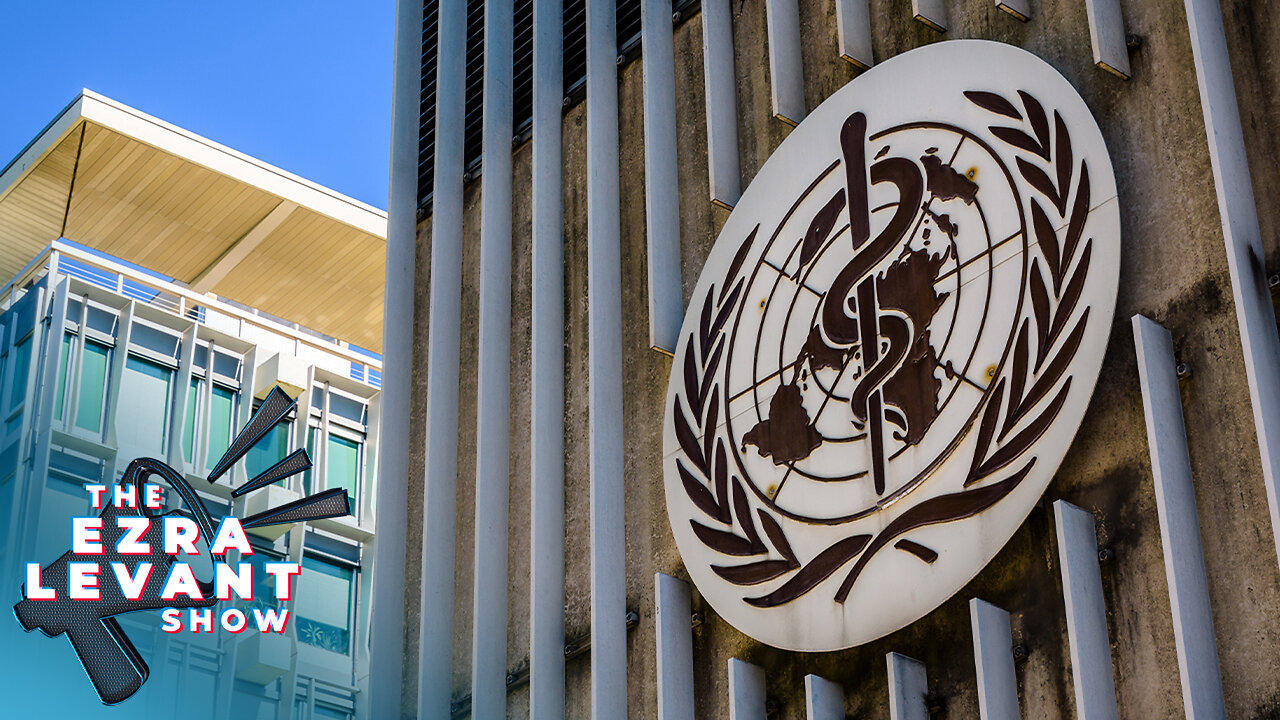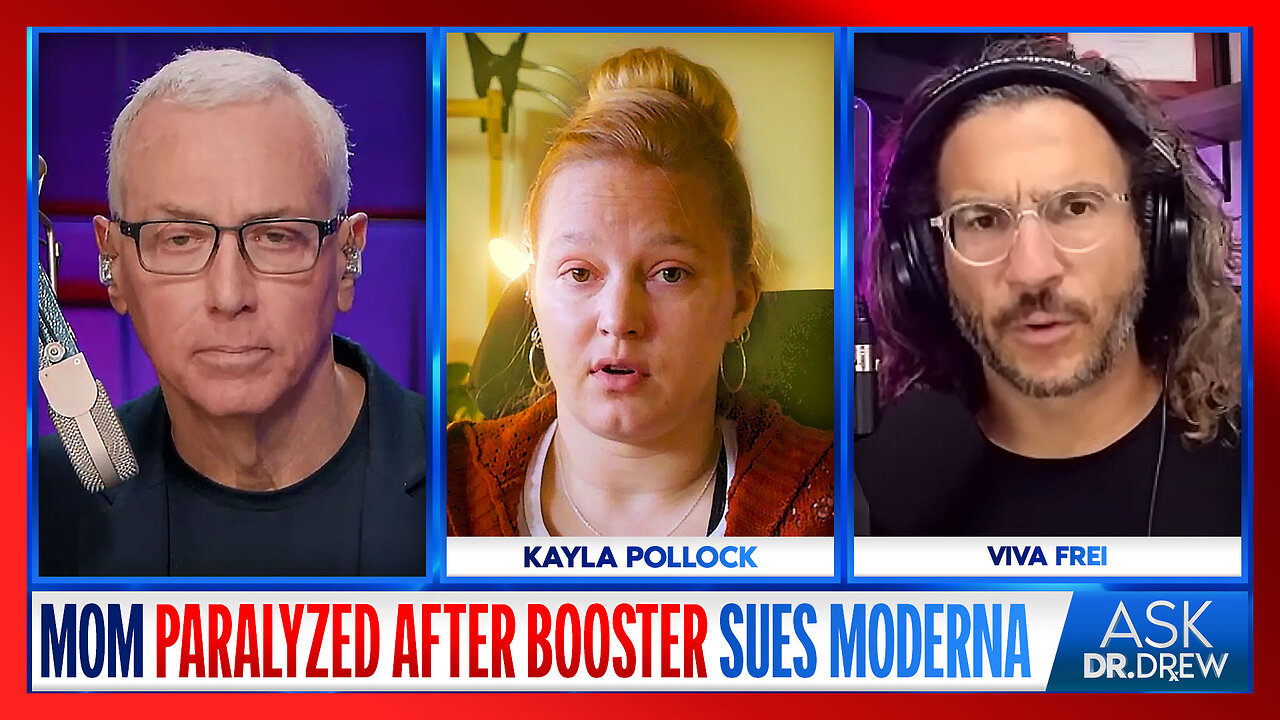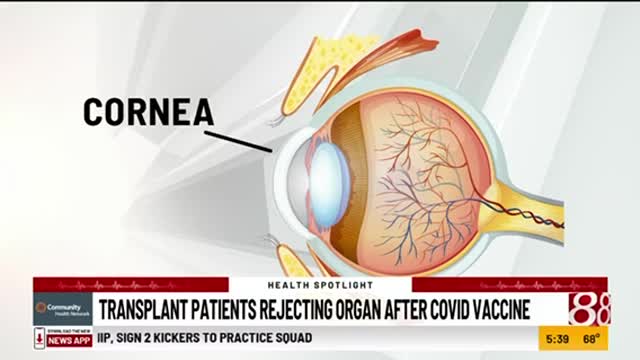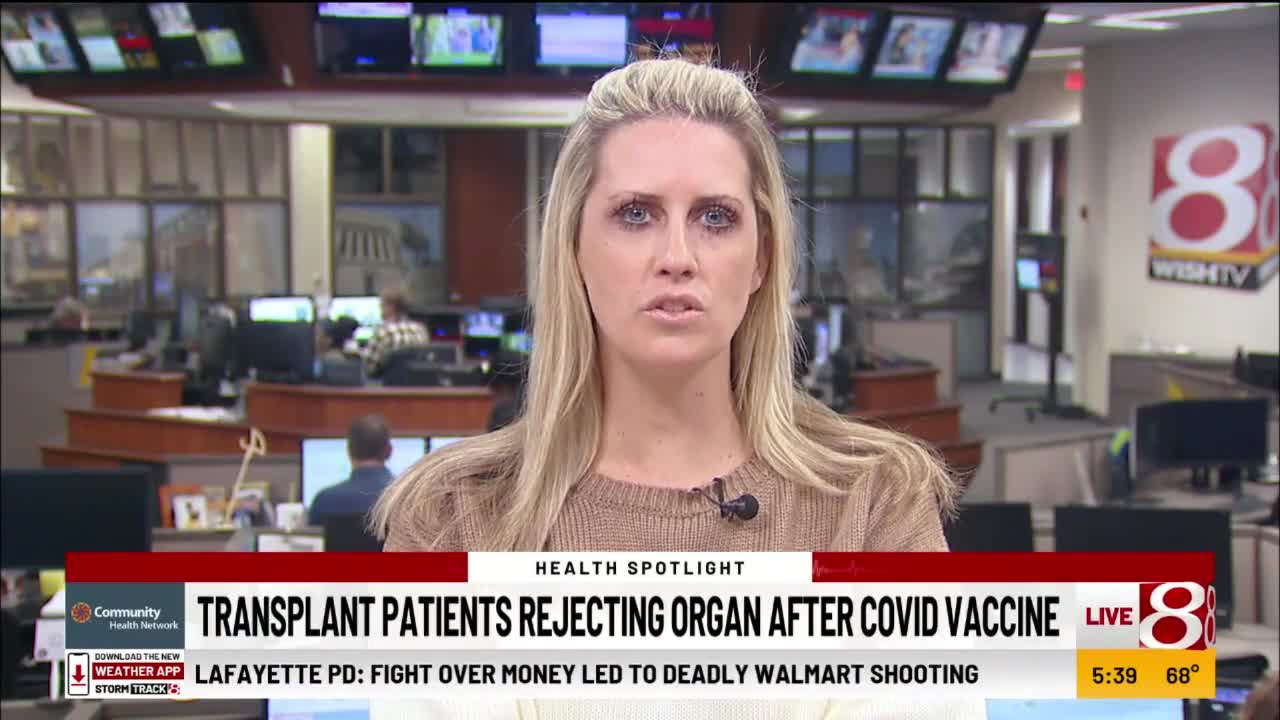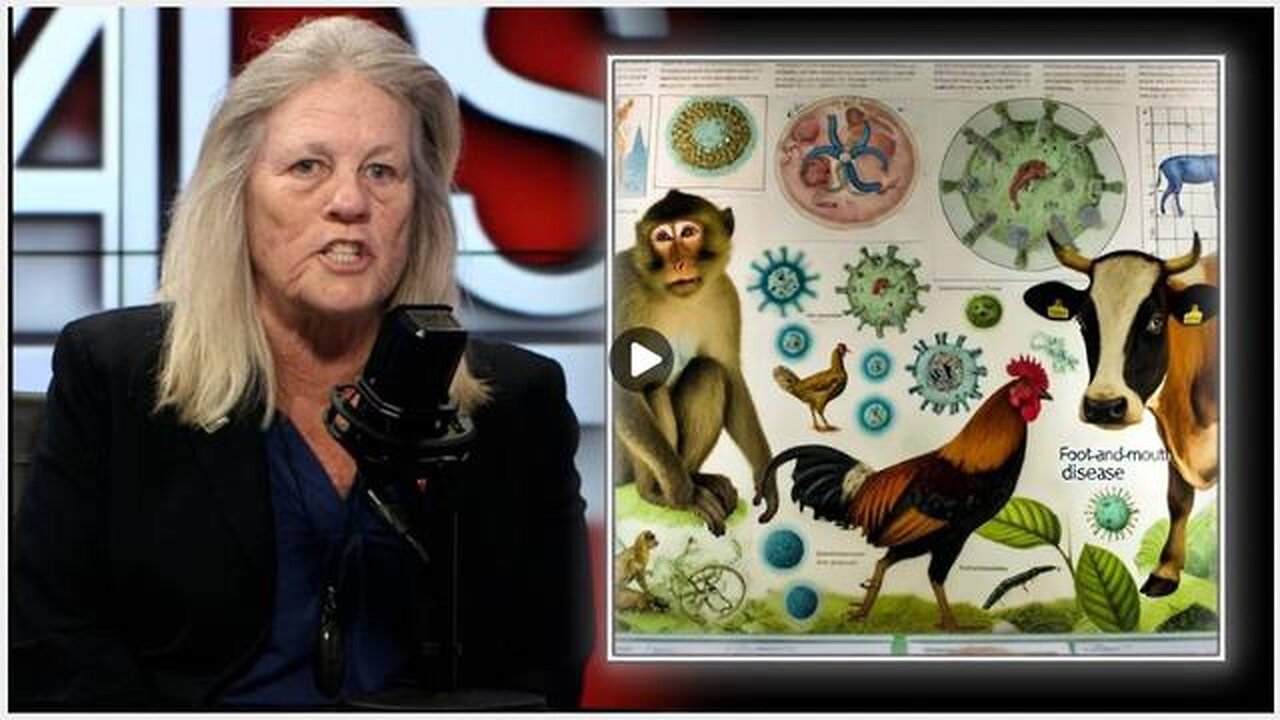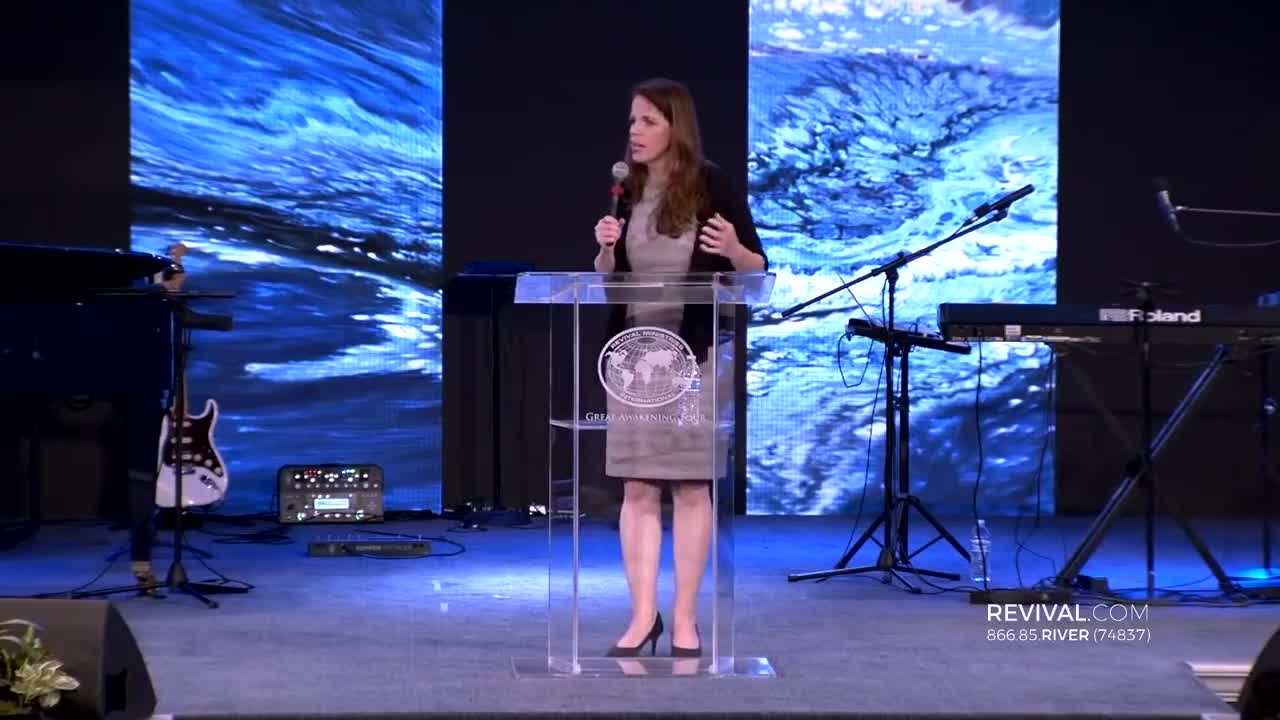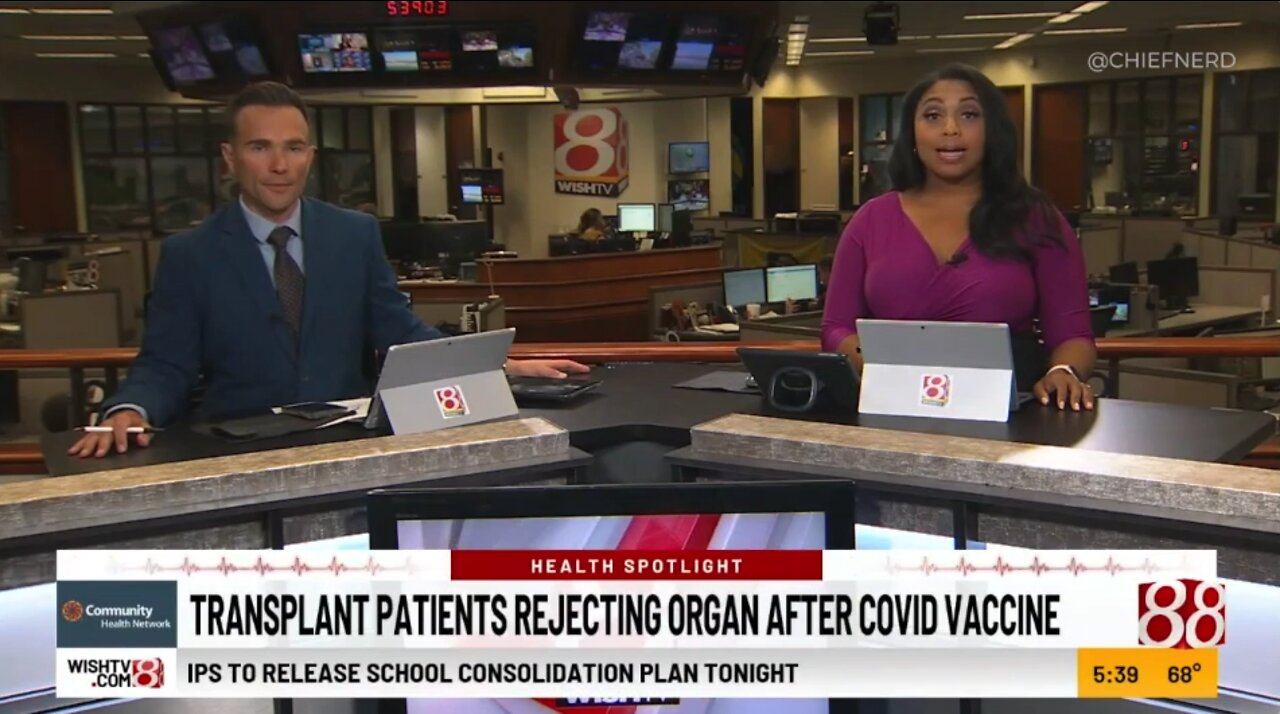Up next
EXPOSED: Bill Gates’ CREEPY Covid Response | Louder with Crowder
Food Shortages: Is "Climate Change" To Blame - Peak Prosperity
Bjorn Lonborg - The Existential Threat of Climate Change
Roman Balmakov - Exposing the UN’s Coral Reef Climate Change Narrative
BOMBSHELL Report: AstraZeneca ADMITS Covid Vaccines Harmed The Public! - Stay Free #354
Anthony Fauci: Slyšení ve sněmovním výboru o pandemii Covid-19
“It Was NEVER A V*ccine!” Court Drops BOMBSHELL Covid mRNA Ruling
Texas Officials SUE PFIZER Over COVID-19 Vaccine LIES - Stay Free #259
Why should I believe in Climate Change?
Tabitha Raines - Sea Change - FULL 5 SONG EP (official visualizer with lyrics)
UK's Johnson scraps COVID restrictions in England
How Belarus Joining Putin Will Change the War in Ukraine
Leftists Climate Change Policies Are Destroying U.S. Relationships Around The World.
US government moves to end daily COVID-19 death reporting by hospitals
Bioweapon Whistleblower Exposes The Secrets Of COVID-19
Follow the Science?: Oversight of the Biden Covid-19 Administrative State Response
Corneal Graft Organ Rejection After COVID-19 Vaccination
Covid Vaccine rejecting organ transplants even after 20 years
We Now Have Proof That The COVID “Vaccines” Damage Cognition
Transplant patients rejecting organ after COVID vaccine
Feds compensate $14M to victims of COVID-19 vaccine campaign
Landmark Court Ruling Opens Door Lawsuit against Covid Vaccine Manufacturers
Exposing the UN’s Coral Reef Climate Change Narrative | Facts Matter
Dr Simone Gold: The Truth About the COVID-19 Vaccine
Des receveurs d'organes rejettent la transplantation après avoir reçu le vaccin COVID
Arnold Schwarzenegger Pitches Climate Change Rebrand
Situation Update 6/11/24: Prepare For Escalation! Covid-19 & Jab Came From The Pentagon!
Covid symptoms change
List of covid (mostly BA.5) symptoms Sore throat, 63% Headache, 51% Blocked nose, 48% Cough, no phlegm 46% Runny nose, 45% Cough with phlegm, 44% Hoarse, 44% Sneezing, 39% Fatigue, 29% Muscle pains 28% Dizzy, 23% Altered smell, 17% Swollen neck glands, 16% Sore eyes, 16% Chest pain / tightness, 14% Fever, 13% Loss of smell, 13% Shortness of breath, 12%, Earache, 12% Hot flushes, 11% Tim Spector, Zoe data https://health-study.joinzoe.com https://www.youtube.com/watch?v=uhYz9-zX0YA&t=87s BA.5 wave Probably less likely to affect the brain Less likelihood of long covid R = 1 Decline is leveling off New daily cases, 103,790 Current prevalence, 1,609,529 Infections presenting less likely to cause symptoms As from early July Fewer symptoms and milder presentation BA.5 may have lower viral load Therefore, LFT less likely to test positive Symptoms which increased in June 2022 (ONS since May, 2022) Abdominal pain, fever, sore throat, muscle ache In June 2022 61% reported any symptoms compatible with COVID-19 39% asymptomatic positives Long Covid, 3 distinct types https://health-study.joinzoe.com/blog/covid-long-covid-risk Clusters of neurological symptoms Fatigue, brain-fog, headache Most commonly post Alpha and Delta variants. Respiratory symptoms Chest pain, severe shortness of breath (could point to lung damage) Largest cluster during the start of the pandemic Diverse range of symptoms Heart palpitations, muscle ache and pain, changes in skin and hair Long COVID in Omicron cases No firm data yet,but 20-50% less during the Omicron versus the Delta period Dr Claire Steves The Omicron variant appears substantially less likely to cause Long-COVID than previous variants, but still 1 in 25 people who catch COVID-19 go on to have symptoms for more than four weeks. UK long covid, 2nd July https://www.ons.gov.uk/peoplepopulationandcommunity/healthandsocialcare/conditionsanddiseases/articles/coronaviruscovid19latestinsights/infections 1.8 million, (2.8% of population) experiencing self-reported long COVID Of the 1.8 million 81% symptoms at least 12 weeks 43% at least one year after 21% at least two years Symptoms adversely affected the day-to-day activities, 1.3 million people Symptoms Fatigue 54% Shortness of breath 31% Loss of smell 23% Muscle ache 22% Self-reported long COVID, more common in Aged 35 to 69 years Females More deprived areas Working in social care Another activity-limiting health condition or disability Less common in students, retired, people looking for paid work
- Top Comments
- Latest comments









